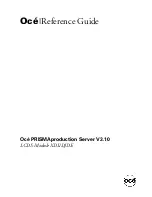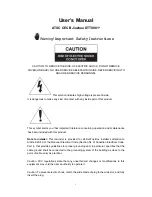
3 Avoid Long Strings of T-Connectors
As you add NMEA 2000-compatible electronics and sensors to the
backbone, there’s a tendency to string a number of T-connectors while
tying into the system. This is a mistake, as a long series of T-
connectors is prone to damage and broken connections. Replace these
long strings with T-junctions – two to four unified T-connectors. These
are more robust and compact; a four-way T-junction is 25 percent
shorter than a string of four connectors.
4 Keep Drop Cables Short
Avoid using long drop cables (the cables that connect your electronics
to the backbone). NMEA 2000 signals can be hampered by resistance,
which causes a reduction in voltage. The maximum length for a single
drop cable is 20 feet. If you require a longer cable run to connect an
item such as a transducer or sea-surface temperature sensor, use a T-
junction to either at the end or the middle of the run to tie in 12-volt
power. Augmenting the power in this manner helps prevent an
excessive drop in voltage.
5 Use the Sides of T-Connectors to Build a Backbone
By using only the sides of the T-connectors to assemble an NMEA
2000 backbone, you create a linear format. Also, use only the top of the
T-connector to attach devices and sensors.
6 Don’t Forget the Terminators
An NMEA 2000 backbone requires terminators at each end. You need
to use one female terminator and one male terminator at opposite ends
of your NMEA 2000 linear backbone.
14










































